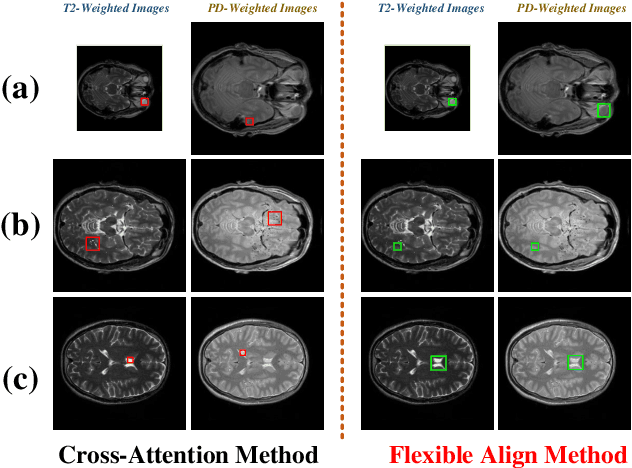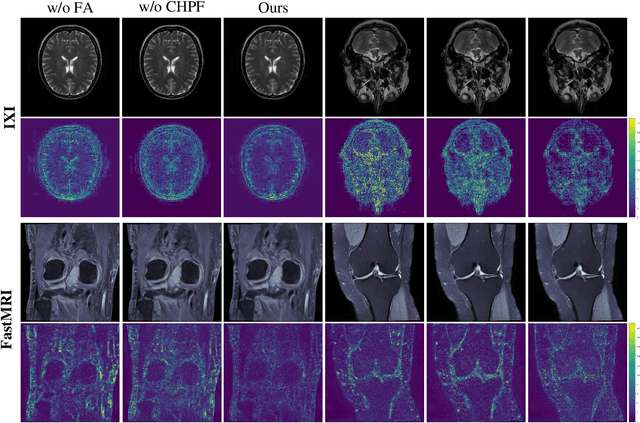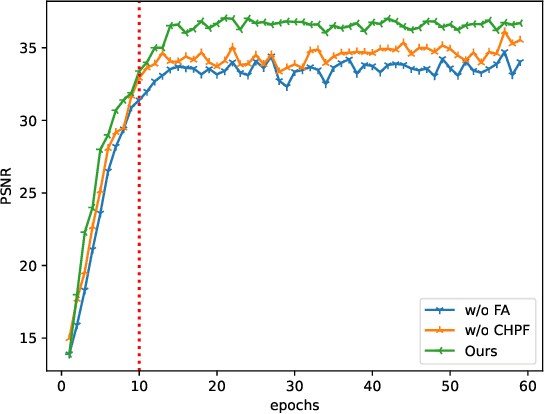Heqing Lian
HARIS: Human-Like Attention for Reference Image Segmentation
May 17, 2024Abstract:Referring image segmentation (RIS) aims to locate the particular region corresponding to the language expression. Existing methods incorporate features from different modalities in a \emph{bottom-up} manner. This design may get some unnecessary image-text pairs, which leads to an inaccurate segmentation mask. In this paper, we propose a referring image segmentation method called HARIS, which introduces the Human-Like Attention mechanism and uses the parameter-efficient fine-tuning (PEFT) framework. To be specific, the Human-Like Attention gets a \emph{feedback} signal from multi-modal features, which makes the network center on the specific objects and discard the irrelevant image-text pairs. Besides, we introduce the PEFT framework to preserve the zero-shot ability of pre-trained encoders. Extensive experiments on three widely used RIS benchmarks and the PhraseCut dataset demonstrate that our method achieves state-of-the-art performance and great zero-shot ability.
Flexible Alignment Super-Resolution Network for Multi-Contrast MRI
Oct 07, 2022



Abstract:Magnetic resonance images play an essential role in clinical diagnosis by acquiring the structural information of biological tissue. However, during acquiring magnetic resonance images, patients have to endure physical and psychological discomfort, including irritating noise and acute anxiety. To make the patient feel cozier, technically, it will reduce the retention time that patients stay in the strong magnetic field at the expense of image quality. Therefore, Super-Resolution plays a crucial role in preprocessing the low-resolution images for more precise medical analysis. In this paper, we propose the Flexible Alignment Super-Resolution Network (FASR-Net) for multi-contrast magnetic resonance images Super-Resolution. The core of multi-contrast SR is to match the patches of low-resolution and reference images. However, the inappropriate foreground scale and patch size of multi-contrast MRI sometimes lead to the mismatch of patches. To tackle this problem, the Flexible Alignment module is proposed to endow receptive fields with flexibility. Flexible Alignment module contains two parts: (1) The Single-Multi Pyramid Alignmet module serves for low-resolution and reference image with different scale. (2) The Multi-Multi Pyramid Alignment module serves for low-resolution and reference image with the same scale. Extensive experiments on the IXI and FastMRI datasets demonstrate that the FASR-Net outperforms the existing state-of-the-art approaches. In addition, by comparing the reconstructed images with the counterparts obtained by the existing algorithms, our method could retain more textural details by leveraging multi-contrast images.
 Add to Chrome
Add to Chrome Add to Firefox
Add to Firefox Add to Edge
Add to Edge